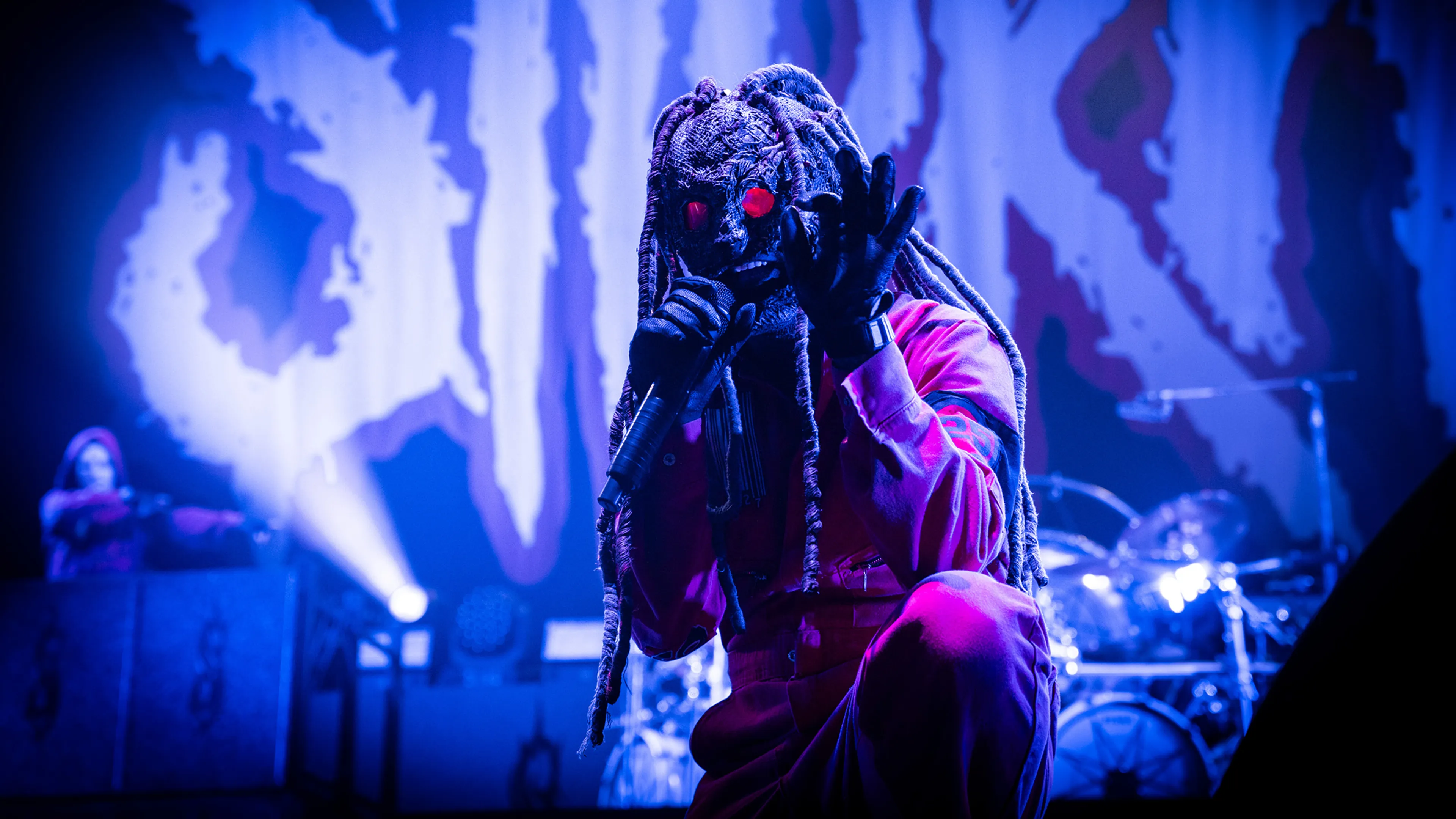For some reason, the debut LP from nu-metal survivors Disturbed seems to have dropped out of the nu-metal discussion. Unjustifiably so. Given, there are industrial levels of cringe on display on lead single Stupify ('All the people in the left wing, fuck! And all the people in the right wing, fuck!') and amongst the hosed-on synths of The Game. But, boasting David Draiman’s unapologetic bombast on highlights like Voices, over five million sales in the U.S. and the genre-trampling dominance of Disturbed that followed, forgetting The Sickness would be a hell of an omission. Oh, yes, and there’s that hit single, too. All together now: 'Oh, ah, ah, ah, ah! Oh, ah, ah, ah, ah – oh, oh, oh, oh, oh, oh!' Nu-metal at its most ingeniously absurd.








